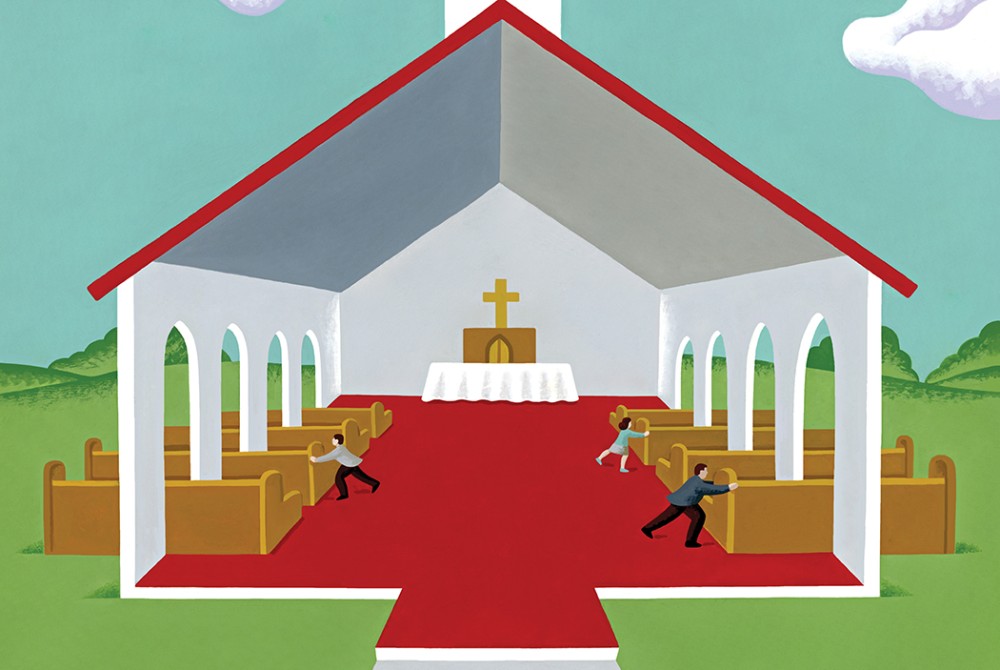5 do's and 5 don'ts for using your church building well
A physical space can be at the vital center of ministry—if you don't make it an idol.

A church is both building and people, bricks and mortals. First came the attendance decline among mortals; a bricks crisis followed. Now church buildings are an endangered species. Drive through any American town and you might see a former church with weeds coming up out of the sidewalks, the door half hinged, the sign unpainted. There are 50 church buildings in Newburgh, New York, population 28,000; community organizers there estimate 2,000 people in worship on Sundays. One church in Rhode Island has a thousand pews, a famous collection of stained glass and murals, and 14 members. David Greenhaw, president of Eden Seminary in St. Louis, reports that 80 percent of the church buildings within 500 miles of Eden were built before 1960. These buildings have enormous maintenance needs—and they were built for another time and another people.
The holy is not threatened by these changes. God will find a way to continue to touch people’s lives. But between now and God’s next revelation, a lot of people are going to be spiritually homeless.
The church I serve, Judson Memorial, is in Manhattan, where one church building after another has been converted into luxury housing or a high-priced restaurant. Judson is growing and thriving—in part because of the wide variety of ways our building is being used.





